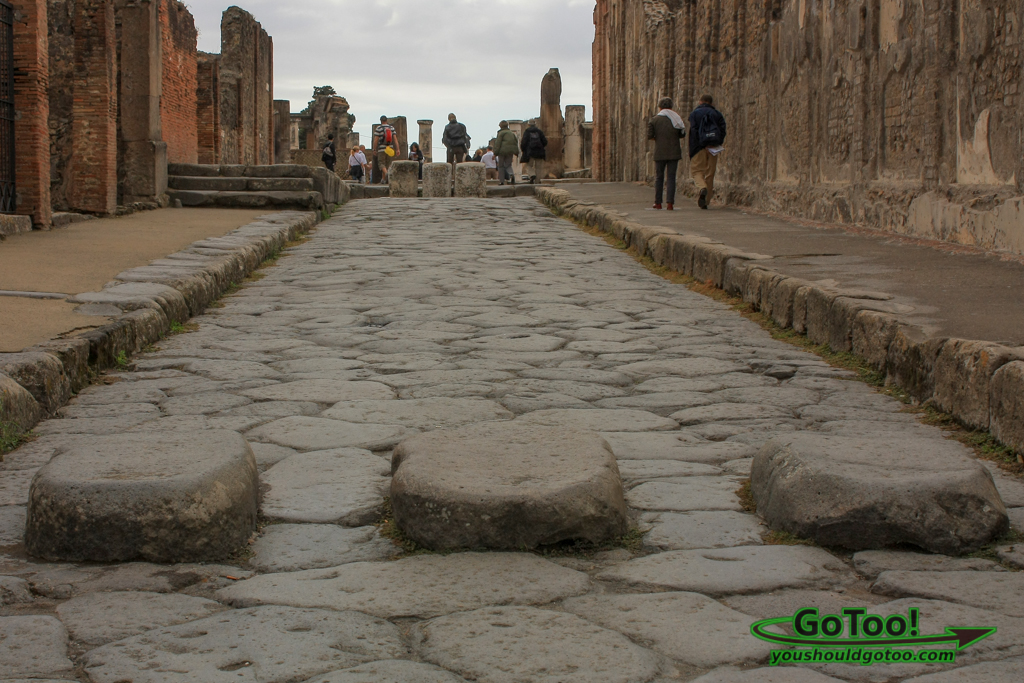
What is Pompeii – The Lost City?
Pompeii, an ancient Roman city, was said to be one of the wealthiest parts of Italy. In 79 AD it was completely engulfed by the eruption of Mt. Vesuvius. The eruption spewed rocks and ash into the air burying Pompeii in 30 feet of ash and killing 20,000 people. Because of the way Pompeii was buried in ash its existence was lost to history until the 18th century. The city is now an excavation site where everything from plates, tables, paintings and people were preserved by the eruption. The archaeological areas of Pompei are on the UNESCO World Heritage List.
Where is Pompeii, Italy?
Pompeii is located in southern Italy close to the Bay of Naples. It is located a few miles southeast of Naples at the base of Mt. Vesuvius. Nearby Mt. Etna, located on the east coast of Sicily, Italy, has also had a history of eruptions and destruction to it’s nearby city of Catania. Mt. Etna’s most violent eruption occurred in 1669 creating widespread destruction to the city of Catania. Pompeii is situated a little over 3-1/2 hours south of the historic medieval hill town of Montepulciano. You can read our post on Montepulciano here.
About Us

Hi! We are Lou and Barbara, a world traveling, nature loving couple searching out new and interesting places to explore, photograph and share with you our readers.CONTINUE READING
The statue of Apollo located in the Temple of Apollo. The original statue of Apollo dates from 100 BC and was discovered buried and broken into pieces in 1817. The one picture here in the ruins of Pompeii is a reproduction. The original is now in the National Archaeological Museum of Naples.
It’s hard to image the streets you are walking on were once those of a lively, thriving city that was entirely buried by the eruption of a volcano in 79 AD not to be discovered again until 1738. I have to wonder what will be discovered when the remaining third of the city is excavated.
Pompeii, Italy was truly one of the highlights to our trip to Italy. It is a site that is sometimes overlooked for the more famous attractions in Italy. If you have an opportunity to visit Pompeii I would highly recommend it, you won’t be disappointed!
Check on Booking.com for lodging options in any season in Italy’s Pompeii area.
More Things to See & Do in Italy!
Venice – Things to See & Photograph





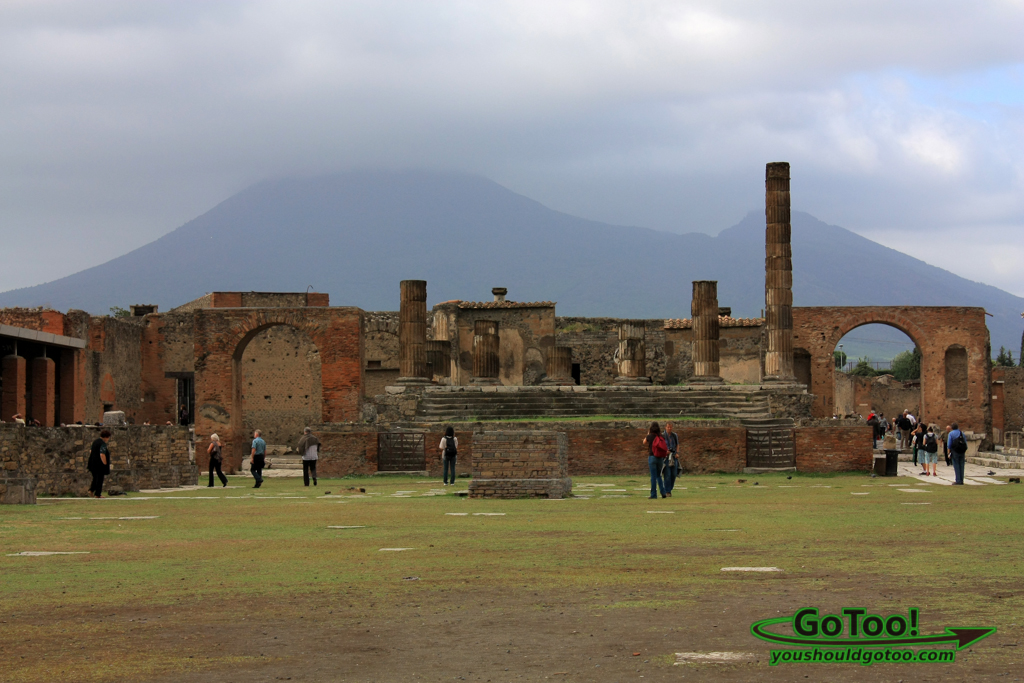
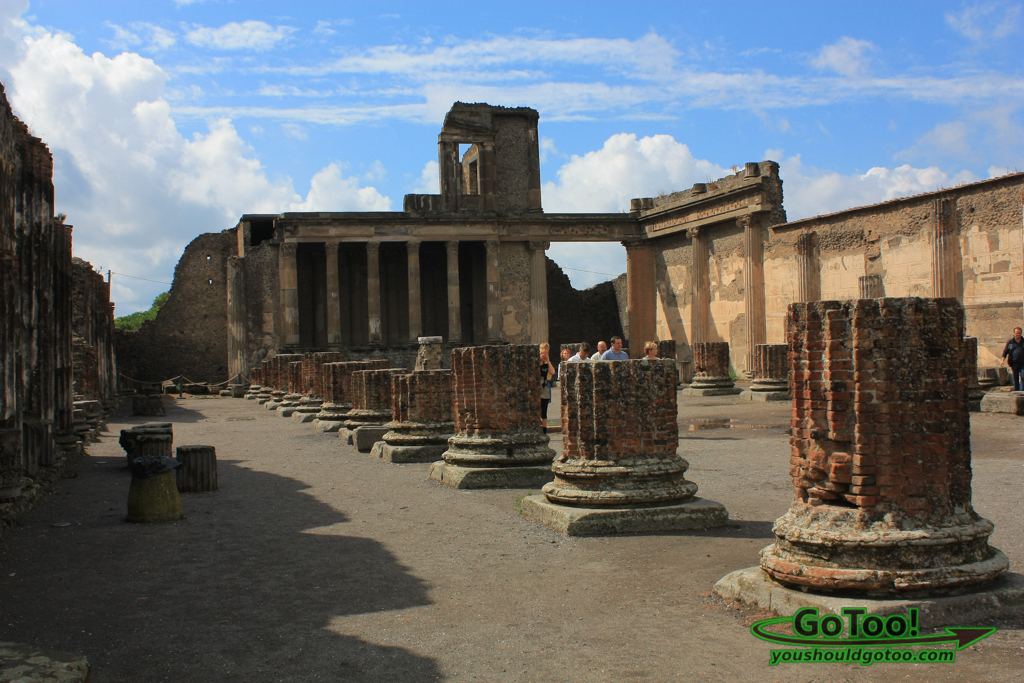
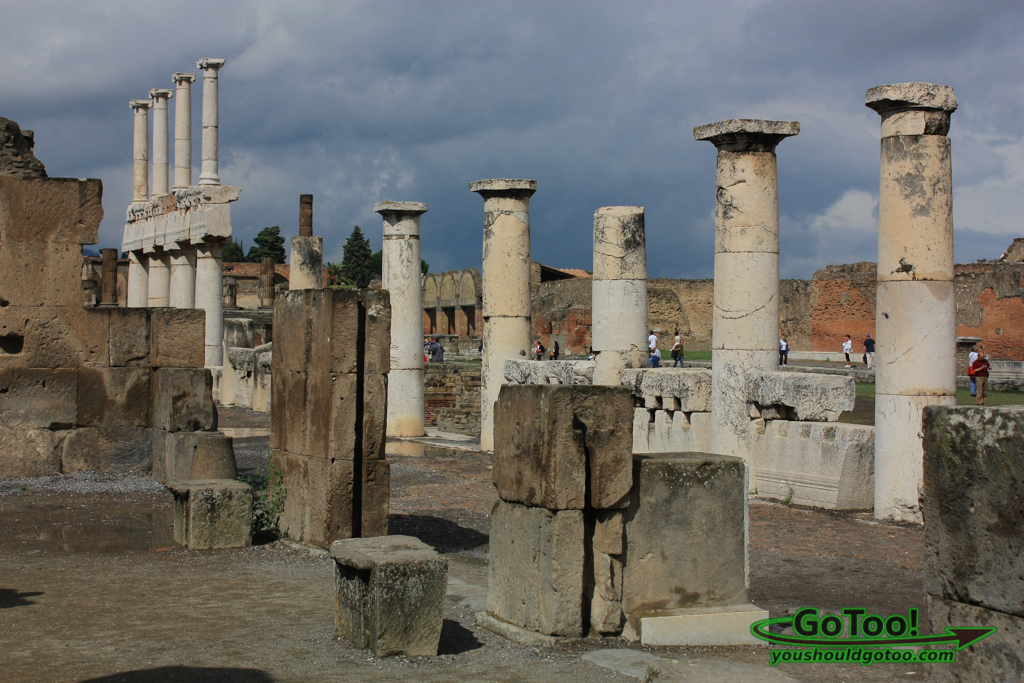
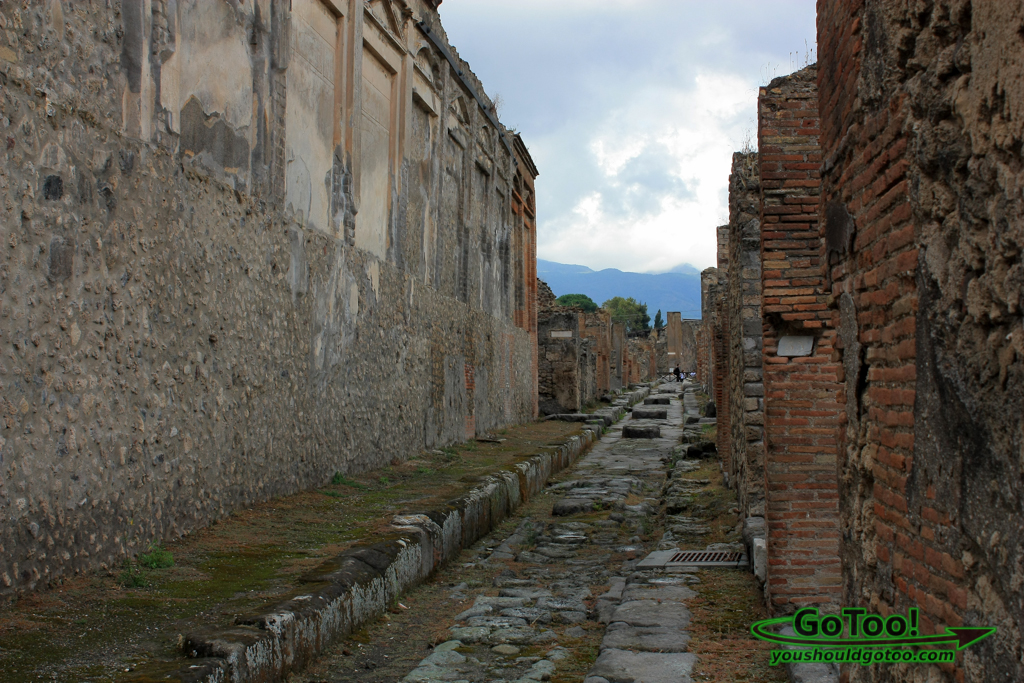
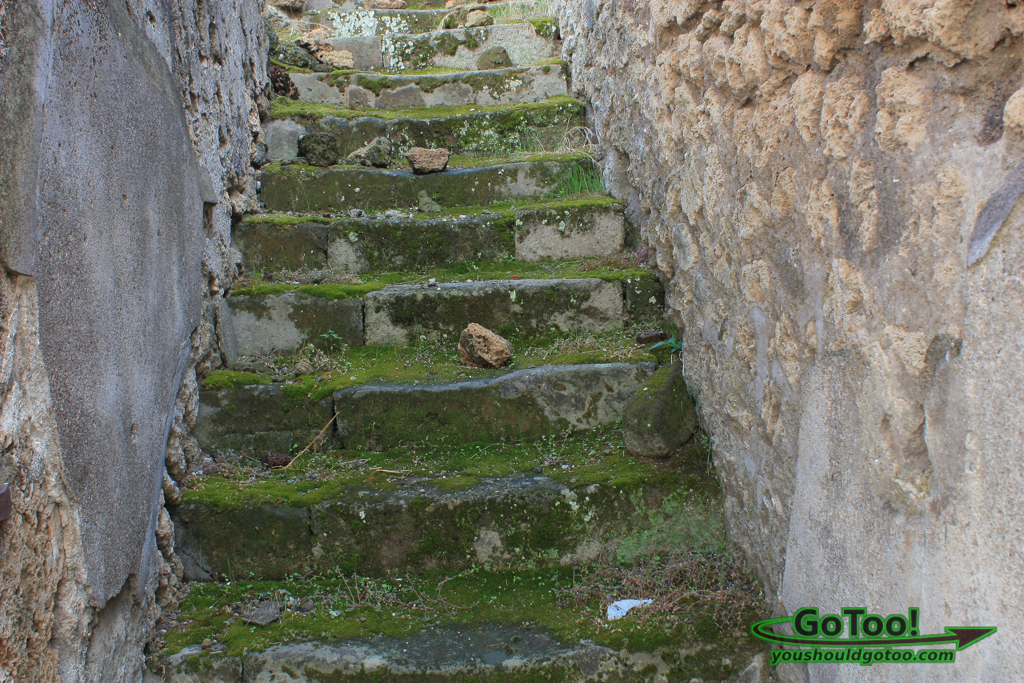
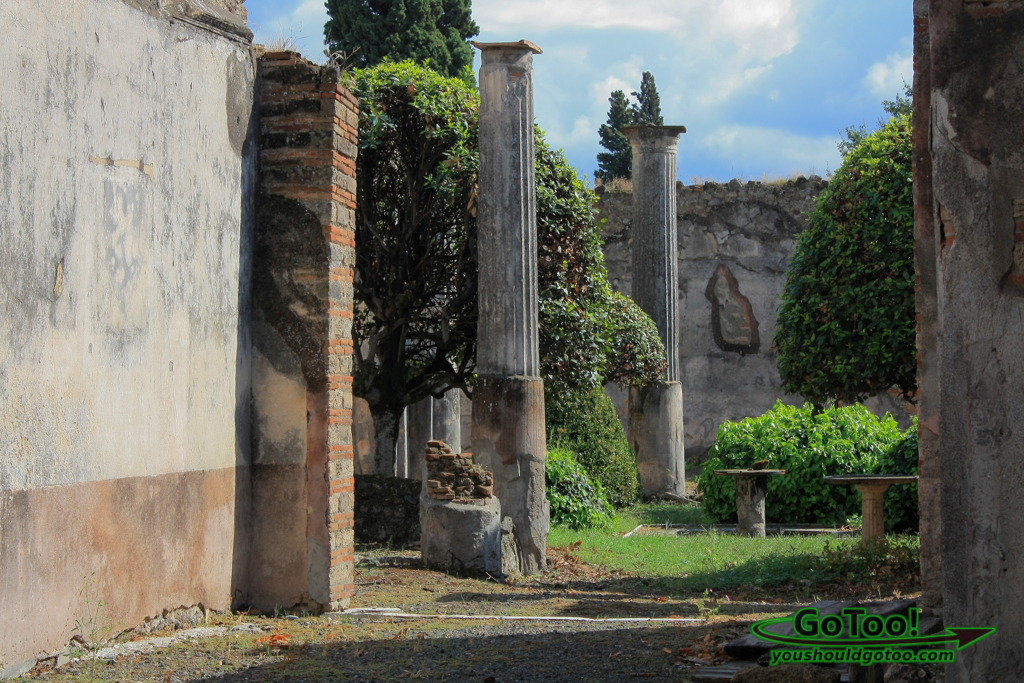


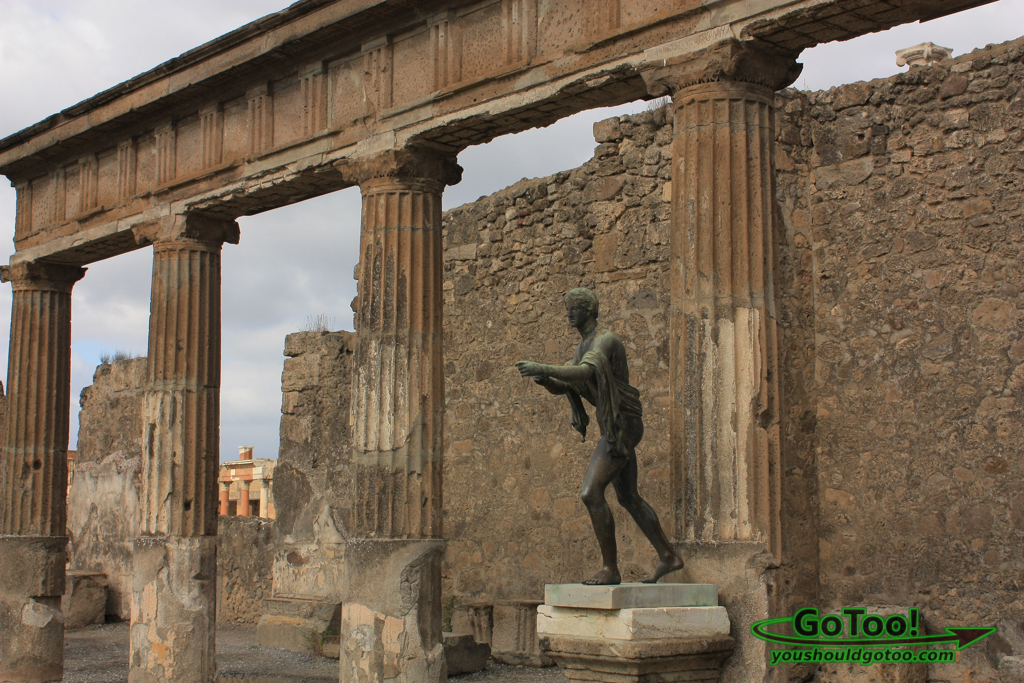
I’m glad you enjoyed Pompeii. Not many people go on their trip to Italy, everybody sticks to Rome-Florence and Tuscany-Venice.
We did indeed enjoy Pompeii on our trip to Italy, Stefania. It’s a fascinating place to explore and one I highly recommend to anyone that has the opportunity to visit. Thank you and welcome to our site!
I just love the photo of the moss covered ancient stairs. Pompeii looks like it is covered with gorgeous history. If all those steps and columns could talk, I can imagine the stories they would tell.
Thanks Annette and welcome! The moss covered, ancient steps really caught my eye too, so much history has passed over them. I had a feeling of privilege to be able to wonder the streets of Pompeii and imagine daily life the way it was lived so long ago.
Such an interesting place to visit, you’ve captured it really well!
I agree Becky, Pompeii is an interesting place to visit and it was definitely on my bucket list of destination to visit. While there, I found it even more fascinating than I had imagined!